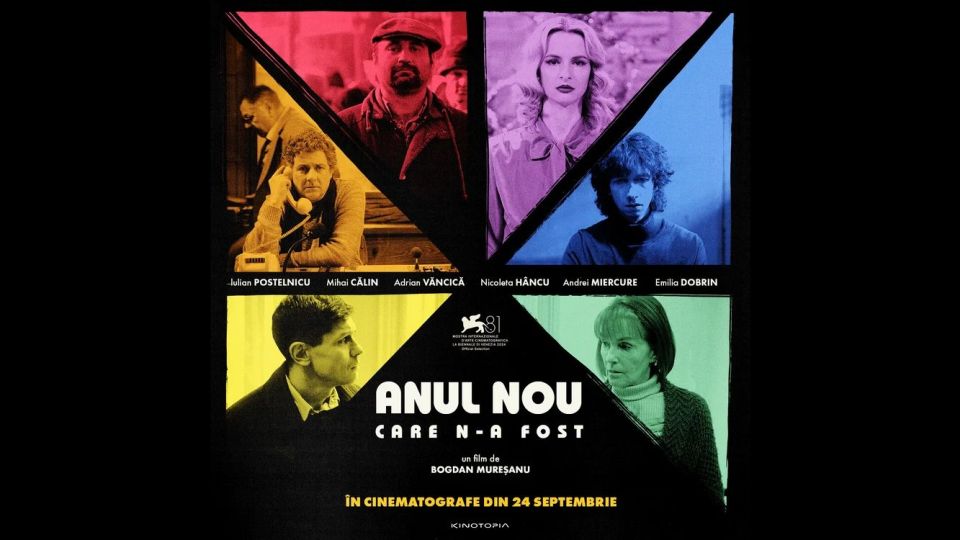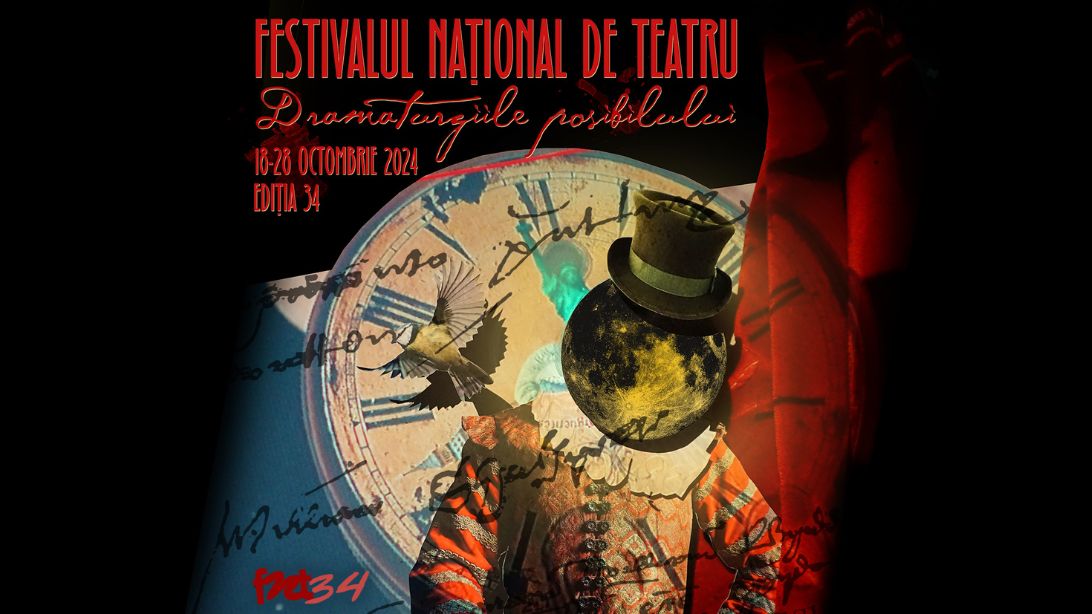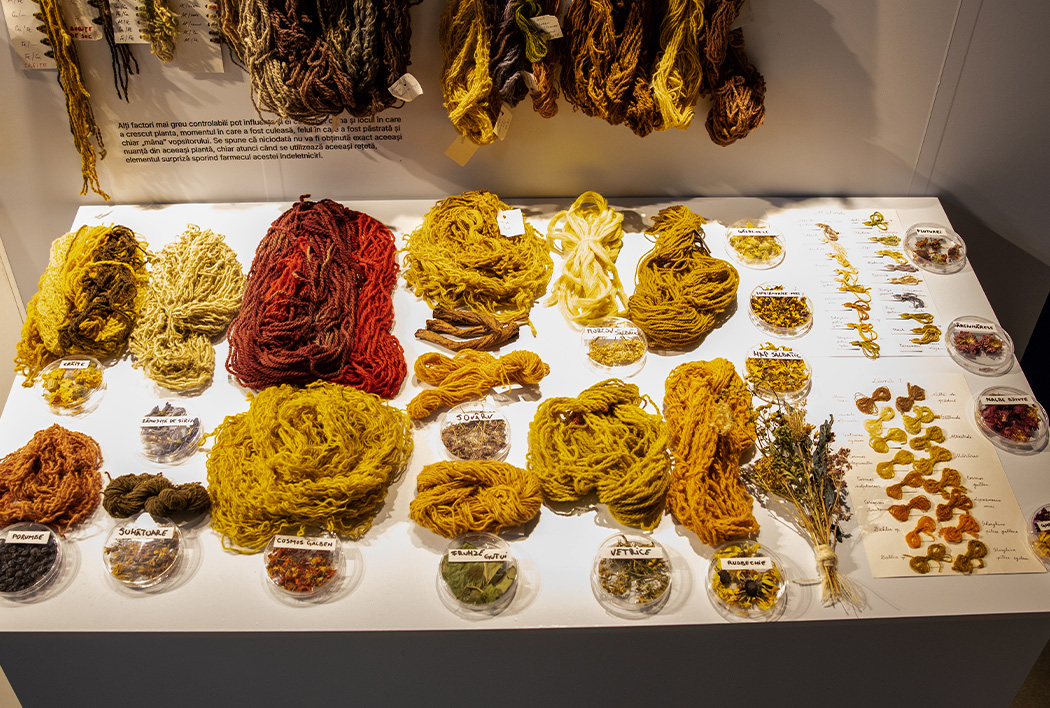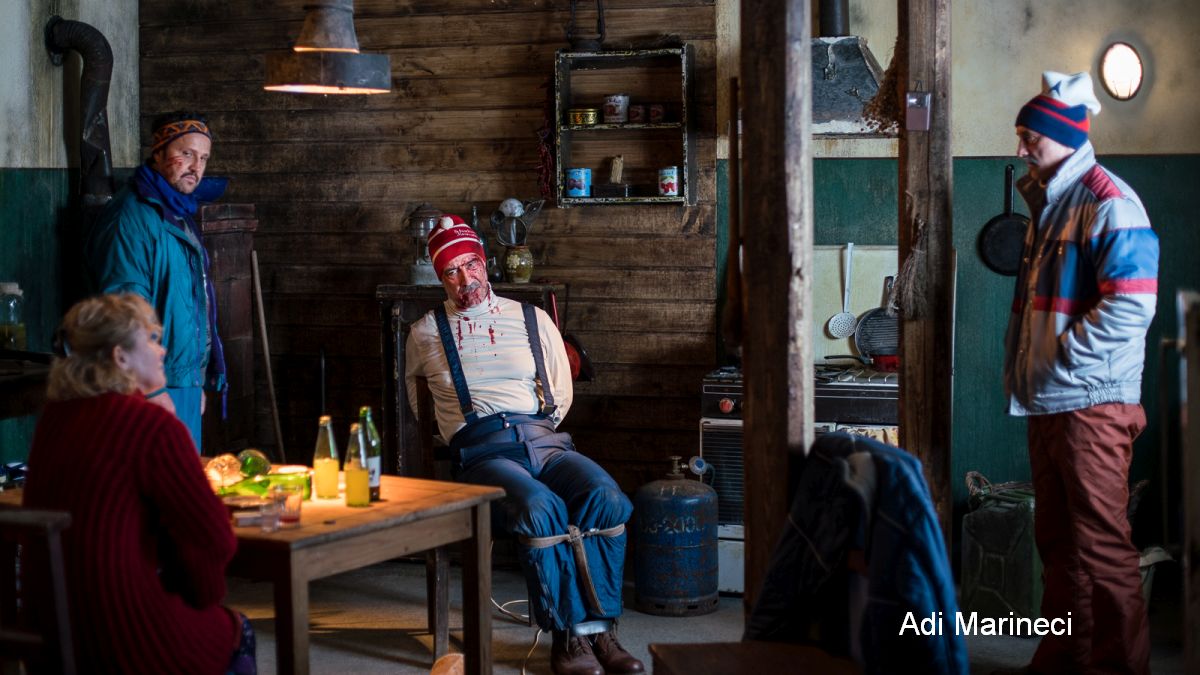Film Workshops for Children
Alternative ways of familiarizing children with the world of cinema.
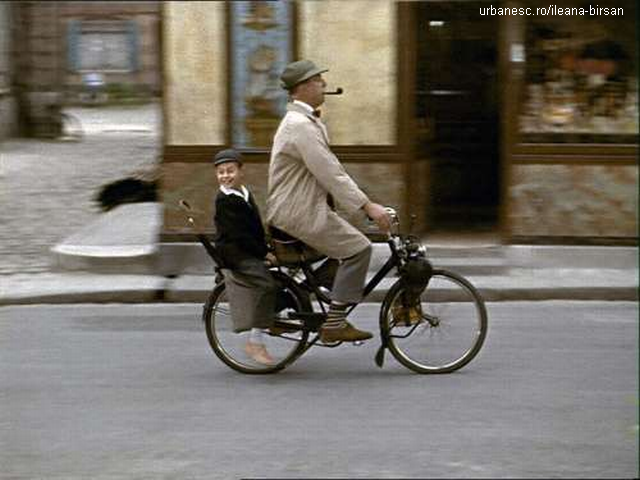
Corina Sabău, 15.03.2014, 14:00
After writing film reviews for the last ten years in the most important cultural publications, in 2013 Ileana Barsan started a series of cinema workshops for kids. As the journalist and film critic put it, ‘Cinema is the most popular art form, but the least present in children’s lives. Cinemas, unfortunately, are limited to the list of recent animated films and entertainment films, television channels don’t have dedicated programs for kids containing cinema and visual arts, and schools don’t have on their curricula classes dedicated to cinema education.
This is how Ileana Barsan explained she got the idea of holding workshops for kids between 7 and 14. In addition, this is not her first such experience. She was a trainer in an original project called Image Education, run by the French Embassy in Bucharest, Next Cultural Society, and French filmmaker Vanina Vignal. Image Education started in Romania in 2009, and managed to bring high school students closer to cinema through screenings and discussions about landmark movies. One other program important for Ileana was EducaTIFF, initially called the Program for Media and Cinema Education, launched at TIFF, the Timisoara International Film Festival. Here she is telling us more:
“Since I’ve been writing about film for years, at some point expert cinema reviews went on a downward slope, and I thought that there aren’t many people with whom you can talk about film. Film criticism is discredited right now, not just in Romania, but pretty much everywhere. The magazines in which I could have written about film have disappeared, and viewers are not flocking to movie theaters, and in fortunate cases we have 200,000 viewers at the most for a film, so that I realized that viewers have to be somehow educated. Of course it is a long-term plan, we are talking about children who are just starting to watch movies, to develop an interest for this kind of stories by filtering them through their own experience. I realized this would be a solution, educating viewers who see cinema as an alternative to storytelling, capable of making correlations between cinema and other arts.”
Ileana Barsan next told us how a workshop usually goes:
“The introductory module is five weeks long, with one session a week on weekends. The screening and discussions take about two hours. In the introductory module I present parts of movies, parts no longer than 10 minutes. Then children try to understand the moving pictures, the acting, the role played by the set, the role of lighting, really basic things in cinema. We don’t theorize, they discover the movies by simply watching them, how the story is built, how a set is put together, what the contribution of the actor is, as well as that of the director, how they see themselves reflected in the story. They also discover editing as part of the introductory module, they learn how a photo is processed, edited and finally integrated into the film. I can say that they were very happy to discover that they are capable of thinking in images.”
These workshops, however, stemmed from a less than professional experience:
“I realized their usefulness by looking at the kids, especially my eldest, my daughter, who is almost 13. Cinema is an extremely efficient and quick means of communication, you have an almost instant reaction when watching movies, this is how ideas are born, this is how dilemmas are born. Children not only react immediately, but their reaction is earnest. They don’t refrain from expressing what they feel when they see a story. Aside from teaching about filmmaking, these courses stimulate children’s creativity. They come up with their own ideas right away, they analyze what they see on the screen, they come up with different versions, they stir up a debate, and in the end they question even themselves. This is very important.”
Some of the questions asked by Ileana Barsan during the workshops are ‘What are movies good for in terms of memory, imagination and story?’ as well as ‘Who tells the story and what follows?’.

